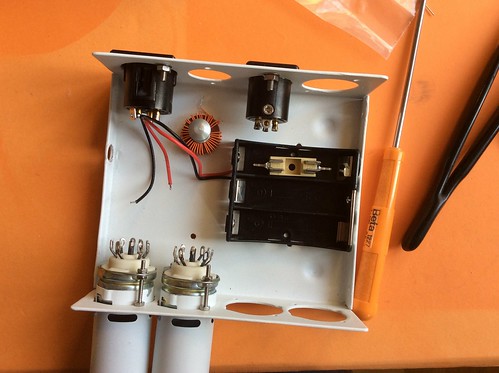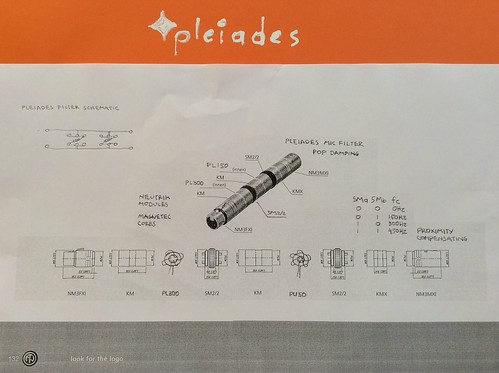Could an orchestra be made where all musicians have perfect pitch and play without reading notes, by understanding figured bass?
It would be like the most beautiful instrument playing on its own.
They could hear something and play it or compose themselves in real time thinking fighter bass.
It would be like the most beautiful instrument playing on its own.
They could hear something and play it or compose themselves in real time thinking fighter bass.

